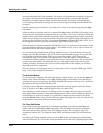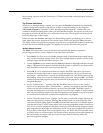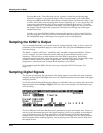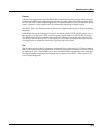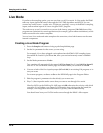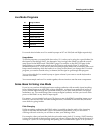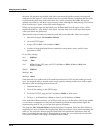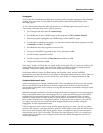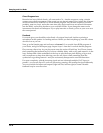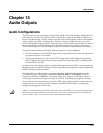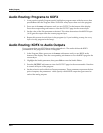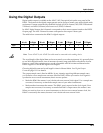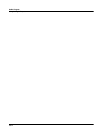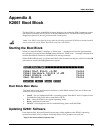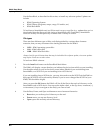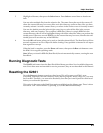
14-14
Sampling and Live Mode
Live Mode
Chord Progressions
Record a few bars of block chords—all notes under C 4—into the sequencer, using a simple
quarter-note or half-note pattern. What sound you use doesn’t matter. Now replace the program
on the recorded track with the Live mode default program. Play back the sequence (you will
probably want it to loop), and at the same time play single notes from an external instrument
into the K2661, at the same rhythm as your recorded chords. If you change the notes on the
instrument, the chords will transpose. If you play intervals or chords, you're on your own as to
the consequences!
Feedback
Live mode gives you the ability to feed back a live signal into itself, similar to pointing a
microphone at the speaker it's sending audio to. Before you hook anything up, turn the volume
down as low as you can.
Now go to the Sample page and set Source to Internal. Go to a multi-layer ROM program of
your choice, and go to the Import page. Import Layer 1 from the Live-mode default program.
Play one note, then a few. As you play more notes, the noise will build up. You’ll have a better
time controlling the feedback loop if you have a healthy delay, with no dry path around it, in the
loop. Perhaps add a little modulation of the loop to provide some pitch shifting, a big reverb,
and a compressor to keep from blowing your ears out. Inject a little something from the
synthesizer to get things started—and you are instantly transported to an alien dimension.
For more complexity, split the incoming signal and run it through multiple VAST layers in
parallel—you can use up to 32, each one processing, panning, and routing the signal differently.
You can crosslink the inputs and outputs (right into left, left into right) to create a double
feedback loop for even more fun.



